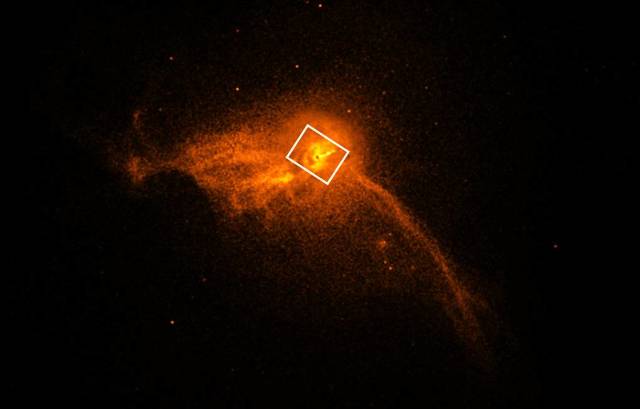The official launch of the telescope is scheduled for 2027
TASS, June 29. SKA, the world's largest radio telescope under construction, will be equipped with equipment that will allow it to become part of the largest global networks that combine the capacities of the largest radio telescopes in the world. This was announced to TASS by the director General of the SKA Observatory, Professor Philip Diamond.
"I have been engaged in radio interferometry all my life, and therefore this opportunity was one of the most important points of our program for me. The telescopes of the SKA observatory will be able to connect to the telescope networks, and we intend to join them after we have the technical opportunity to do this," Diamond said.
In the middle of the last century, Soviet and American radio astronomers discovered that individual radio towers and antennas can be combined into giant virtual radios with higher resolution, comparing the radio signals received by them in a special way.
Such devices, called radio interferometers, are widely used today when observing distant objects in space. Today, there are several radio interferometric networks on Earth, such as EVN, VLBA and Event Horizon Telescope, which combine the resources of the most powerful telescopes in the world. In the recent past, the unique Russian ground-based space observatory "RadioAstron" worked in this way.
As Diamond noted in an interview with a TASS correspondent, the SKA observatory will join similar projects in the last phases of its construction, in 2027-2028, when electronic components necessary for the operation of the telescope's antennas in the interferometer mode will be installed on the construction site in Australia. Scientists hope that by the time the construction of the Australian part of the observatory is completed, they will be able to conduct similar observations together with other major radio telescopes in the world.
The largest radio telescope in the world
The SKA telescope, whose official launch is scheduled for 2027, consists of three thousand separate antennas combined into a giant virtual antenna with an area of a square kilometer. The first ideas for building such an array appeared in the early 1990s, but the final appearance of the SKA was approved only in 2012.
This giant set of antennas, as scientists hope, will be able to see the first stars of the Universe, get photos of the surroundings of supermassive black holes, reveal the nature of dark matter, and also understand what generates mysterious FRB radio bursts, very powerful and short cosmic radio signals of unknown nature.
Initially, South Africa, New Zealand and Australia fought for the right to place this telescope. As a result, the project was divided into two halves - the South African MeerKAT and the Australian SKA-Low. The construction of MeerKAT was completed two years ago, while the construction of SKA-Low was postponed several times due to the withdrawal of New Zealand from the project and a number of other problems. Construction work on the Australian SKA site officially started at the end of June 2021.

